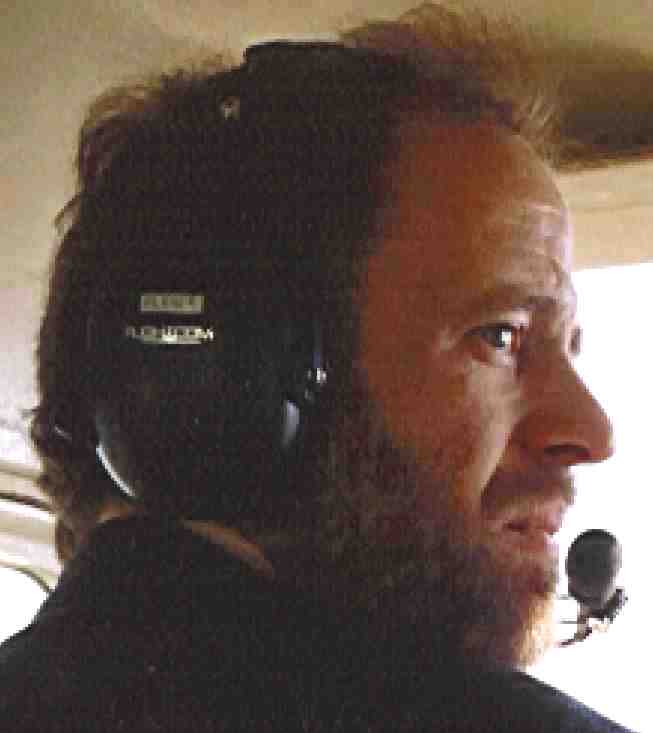Ramadan confusion
It is satisfying that this year's Ramadan got off to an almost uniform start. With the exception of socialist Libya and secular Turkey, there were no countries this year who saw the moon long before it could even make an appearance or used calculated astronomical data whilst confusing the birth of the moon with the time when it might possibly be seen by the naked eye. Maybe the disquiet amongst rank and file Muslims about lack of unity and leadership has finally reached those declaring the start and end dates of Ramadan - we'll have to wait and see when it comes to the end of the month, of course.
Meanwhile, we can turn our attention to more detailed timing issues. Gone are the days when mosques turned to the experts (such as the Royal Observatory or the Met Office in the UK) to obtain their prayer times. A proliferation of online prayer time calculators means every mosque and association can now publish their own time table for Ramadan, and sadly they hardly ever agree with each other. One of the reasons is that you only get out what you put in, of course, and few mosque secretaries know how to handle the options when, for example, choosing between civil, nautical or astronomical twilight. For the observant Muslim following their timetable, this can make all the difference of starting to fast an hour earlier or later in the morning.
But the problem goes a little deeper. Most of the online prayer time calculators, such as at Islamicity.com, only go by the longitude and latitude of a geographical location, ignoring elevation data. Other, non-Muslim, sunrise and sunset calculators do the same, e.g. the world clock calculator at timeanddate.com, but at least they provide a disclaimer: "The times for sunrise and sunset are based on the ideal situation, where no hills or mountains obscure the view and the flat horizon is at the same altitude as the observer... on a high mountain with the horizon below the observer, the sunrise will be earlier and sunset later than listed." Some even state that the data are for guidance only and not fit for any particular purpose.
No such disclaimer is given with the online Muslim prayer calculators which, by definition, are meant to be for a particular purpose, namely to determine when to pray and when to fast. Yet, most only provide "flat" data without correction for altitude. Here is an example: Cranfield airport has a published sunrise on the first of Ramadan (22 August 2009) of 5:55 and a sunset of 20:15; because these figures are used for aeronautical purposes they are accurate and authoritative for the location. The prayer calculator at Islamicity.com returns a sunrise time of 5:58 and sunset time of 20:12, three minutes out at either end, because it assumes that this central England location is at sea level when its actual elevation is 358 feet. For higher level locations the error would be quite substantial.
There are prayer calculating programs which allow for the input of elevation data, such as the extremely useful DOS program written many years ago by Dr. Monzur Ahmed whose essay on the subject would be a useful primer for mosques wanting to publish their DIY timetables. Essentially, what is required in order to start and break the daily fast at the same time within the same location is exactly the same as what is required to have a uniform start and end date of Ramadan - education and leadership, or: a proper understanding of the issues involved coupled with the willingness by Muslim leaders to put their own self-interest aside for the benefit of wider unity.


0 Comments:
Post a Comment
<< Home